Baseball

Baseball Pitching
In baseball, a pitch is the act of throwing a baseball toward home plate to start a play. The term comes from the Knickerbocker Rules. Originally, the ball had to be literally "pitched" underhand, as with pitching horseshoes. Overhand throwing was not allowed until 1884.
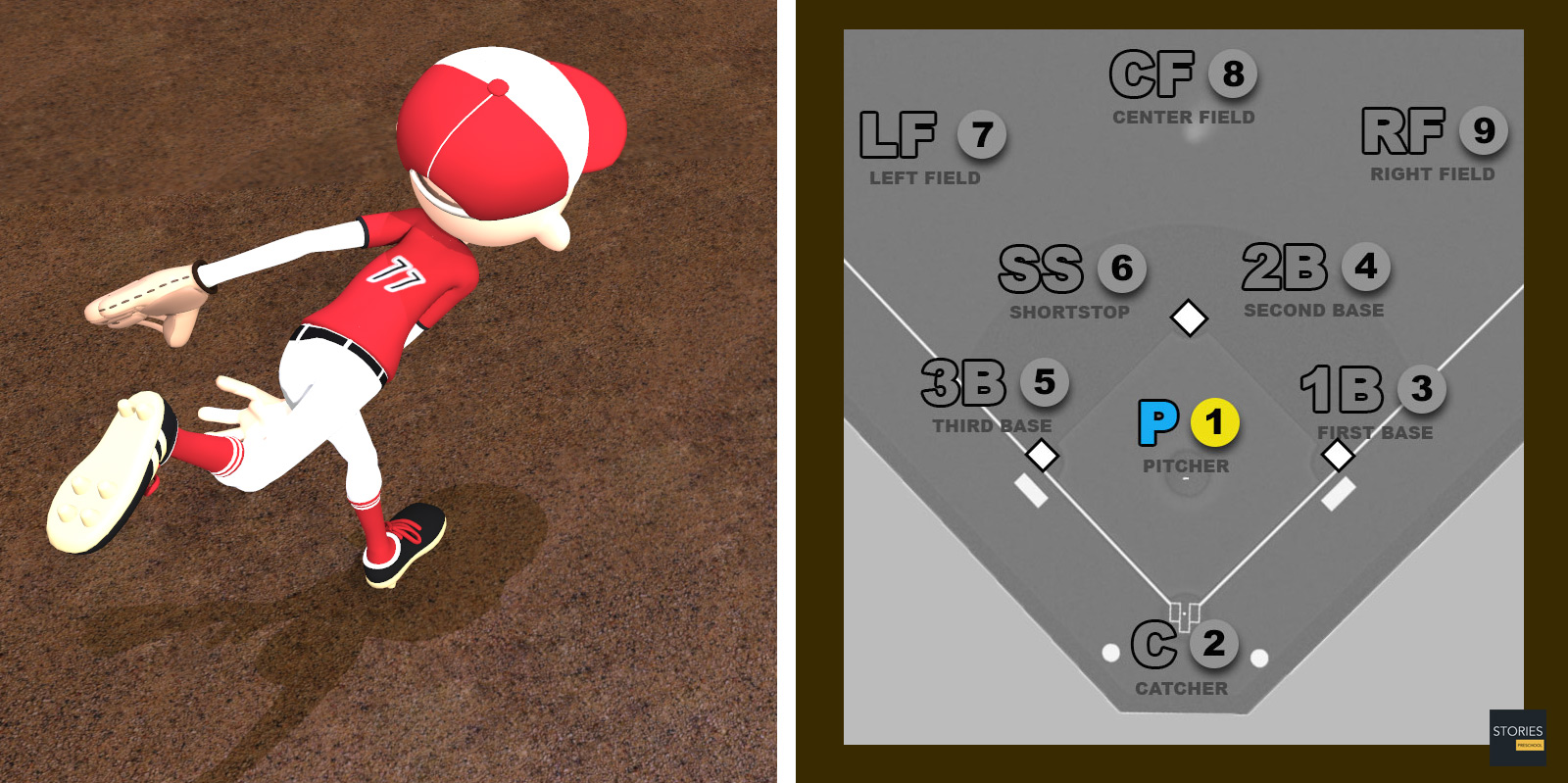
The biomechanics of pitching have been studied extensively. The phases of throwing include windup, early cocking, late cocking, early acceleration, late acceleration, deceleration, and follow-through.
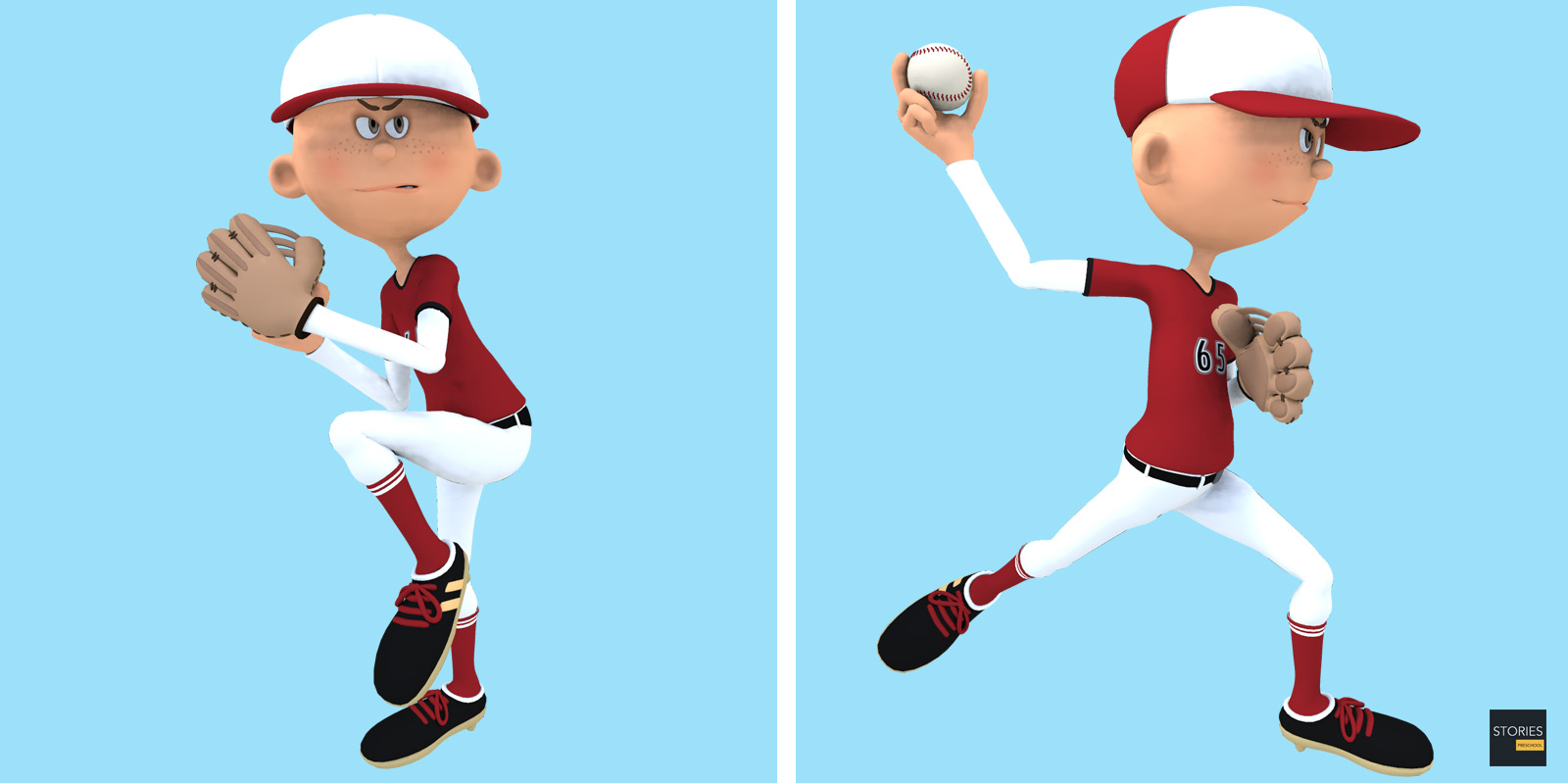
The time of pitch is that instant when the pitcher has begun his pitching motion and, by the rules, has committed himself to throwing the pitch. This instant thus occurs before the pitcher actually releases the ball. Once a pitcher commits himself to throwing a pitch, it is illegal for him to return to his set. If that happens, he is charged with a balk, and any baserunners are allowed to advance a base. A baserunner's time-of-pitch base is the base which he has last legally reached at the time of pitch.
Pitchers throw a variety of pitches, each of which has a slightly different velocity, trajectory, movement, hand position, wrist position and/or arm angle. These variations are introduced to confuse the batter in various ways, and ultimately aid the defensive team in getting the batter or baserunners out. To obtain variety, and therefore enhance defensive baseball strategy, the pitcher manipulates the grip on the ball at the point of release. Variations in the grip cause the seams to "catch" the air differently, thereby changing the trajectory of the ball, making it harder for the batter to hit. Passed balls and wild pitches are considered to be part of the act of pitching rather than fielding.
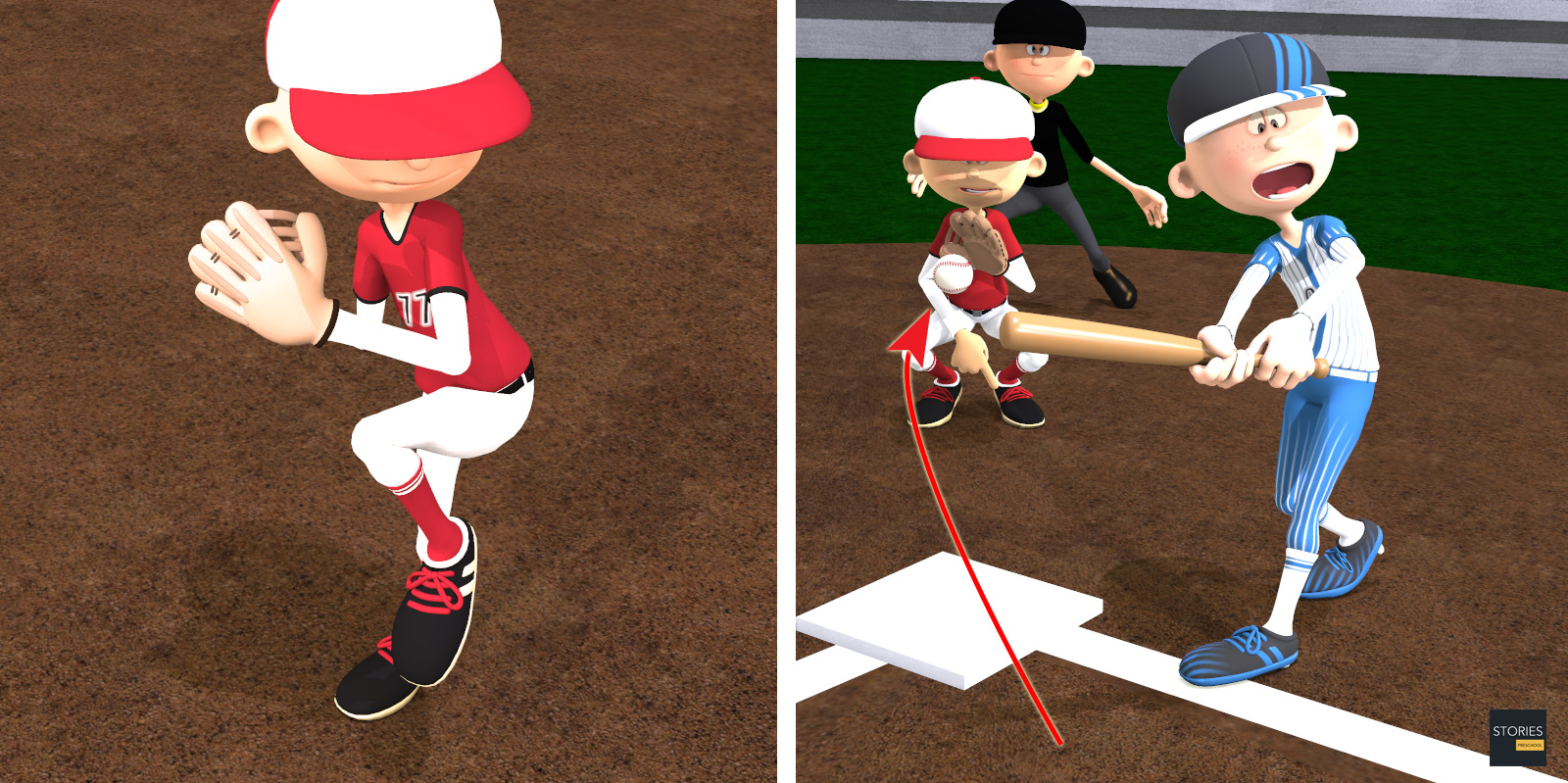
The selection of which pitch to use can depend on a wide variety of factors including the type of hitter who is being faced; whether there are any base runners; how many outs have been made in the inning; and the current score.
Strikeout (or strike-out) occurs when a batter accumulates three strikes during a time at bat. Striking out the side refers to when a pitcher records three strikeouts resulting in outs in the defensive half-inning in which he pitches.
A pitcher who prevents the opposing team from achieving a hit is said to have "thrown a no-hitter". In Major League Baseball, a shutout (denoted statistically as ShO or SHO), also known as a complete-game shutout, refers to the act by which a single pitcher pitches a complete game and does not allow the opposing team to score a run.
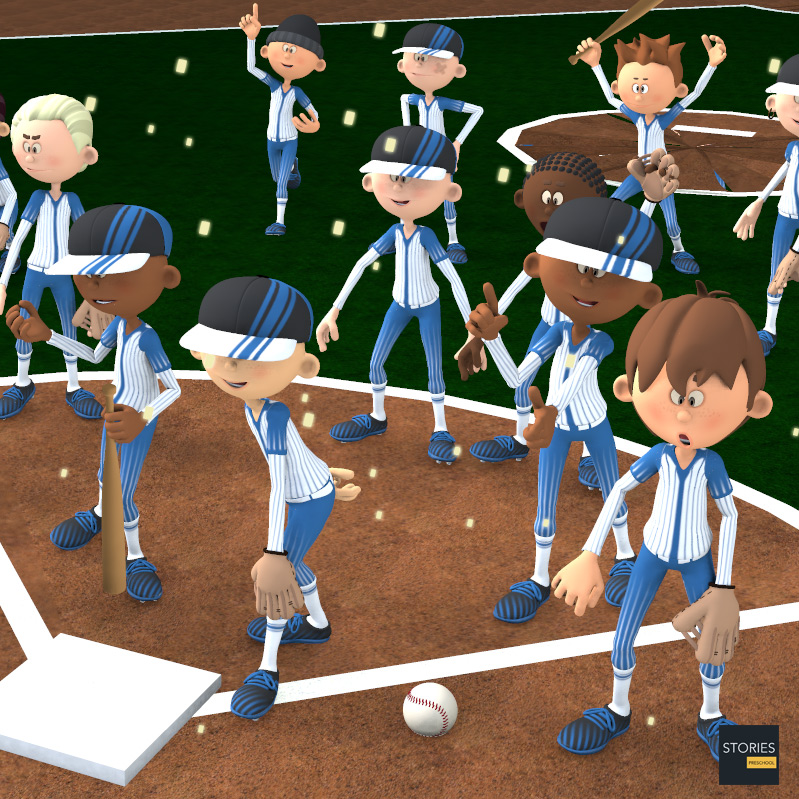
A pitch which is thrown with a full count is often referred to as a "payoff pitch", since it is likely to be a good pitch for the batter to swing at. With three balls already, the pitcher cannot afford to miss the strike zone, which would result in ball four and a walk for the batter. A pitchout is a ball that is intentionally thrown high and outside of the strike zone with the purpose of preventing a stolen base, thwarting a hit and run, or to prevent a run-scoring play on a suicide squeeze play.
In baseball statistics, pitch count is the number of pitches thrown by a pitcher in a game.
Signaling
The responsibility for selecting the type of pitch was traditionally made by the catcher by relaying hand signals to the pitcher with the fingers, usually one finger for fastball and/or the pitcher's best pitch, with the pitcher having the option to ask for another selection by shaking his head. However, current form is to have the manager or a coach relay the pitch selection to the catcher, via secret hand signals to prevent the opposing team from having the advantage of knowing what the next pitch will be. Starting pitchers typically throw more pitches than relievers.
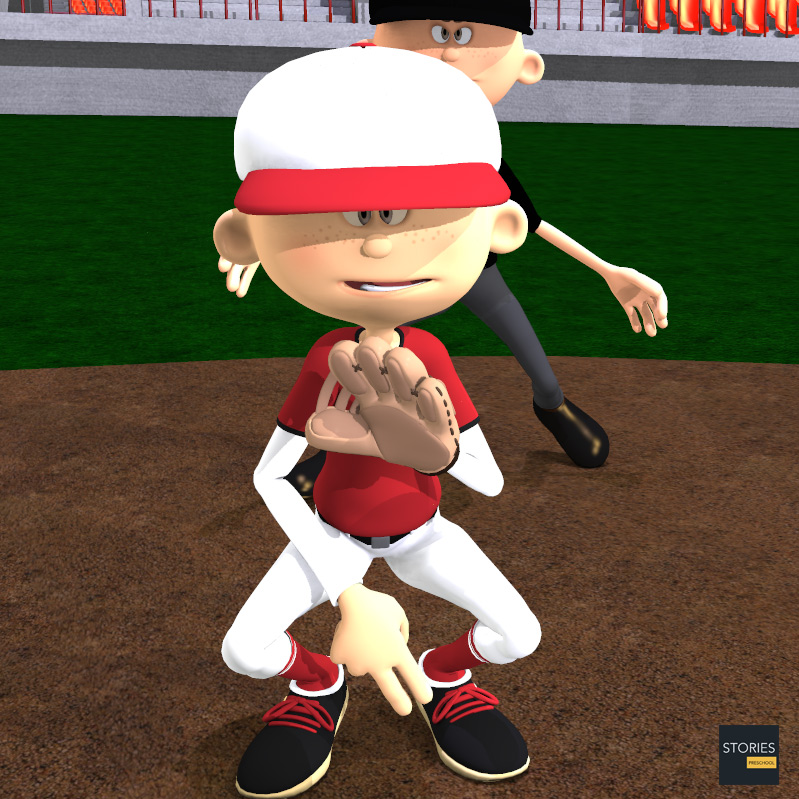
Fastballs
The fastball is the most common pitch in baseball, and most pitchers have some form of a fastball in their arsenal. Most pitchers throw four-seam fastballs. It is basically a pitch thrown very fast, generally as hard as a given pitcher can throw while maintaining control. Some variations involve movement or breaking action, some do not and are simply straight, high-speed pitches. While throwing the fastball it is very important to have proper mechanics, because this increases the chance of getting the ball to its highest velocity, making it difficult for the opposing player to hit the pitch. The cut fastball, split-finger fastball, and forkball are variations on the fastball with extra movement, and are sometimes called sinking-fastballs because of the trajectories. The most common fastball pitches are:
Breaking balls
Well-thrown breaking balls have movement, usually sideways or downward. A ball "moves" due to the changes in the pressure of the air surrounding the ball as a result of the kind of pitch thrown. Therefore, the ball keeps "moving" in the path of least resistance, which constantly changes. For example, the spin from a properly thrown slider (thrown by a right-handed pitcher) results in lower air pressure on the pitcher's left side, resulting in the ball "sliding" to the left (from the pitcher's perspective). The goal is usually to make the ball difficult to hit or confusing to batters. Most breaking balls are considered off-speed pitches. The most common breaking pitches are:
- 12–6 curveball
- Curveball
- Knuckle curve
- Sweeping curve
- Screwball
- Slider
- Slurve
Changeups
The changeup is the staple off-speed pitch, usually thrown to look like a fastball but arriving much slower to the plate. Its reduced speed coupled with its deceptive delivery is meant to confuse the batter's timing. It is meant to be thrown the same as a fastball, but simply farther back in the hand, which makes it release from the hand slower but still retaining the look of a fastball. A changeup is generally thrown 8–15 miles per hour slower than a fastball. If thrown correctly, the changeup will confuse the batter because the human eye cannot discern that the ball is coming significantly slower until it is around 30 feet from the plate. For example, a batter swings at the ball as if it was a 90 mph fastball but it is coming at 75 mph which means he is swinging too early to hit the ball well, making the changeup very effective. The most common changeups are:
- Circle changeup
- Fosh
- Palmball
- Straight change
- Vulcan changeup
Other Pitches
Other pitches which are or have been used in baseball are:
- Gyroball
- Shuuto
- Junk pitches
- Illegal pitches
- Spitball
- Emery ball
- Shine ball
- Brushback pitch
- Inside pitching
- Intentional base on balls
- Beanball
Pitching Deliveries
The most common pitching delivery is the overhand delivery. Other deliveries include the submarine and the sidearm deliveries.
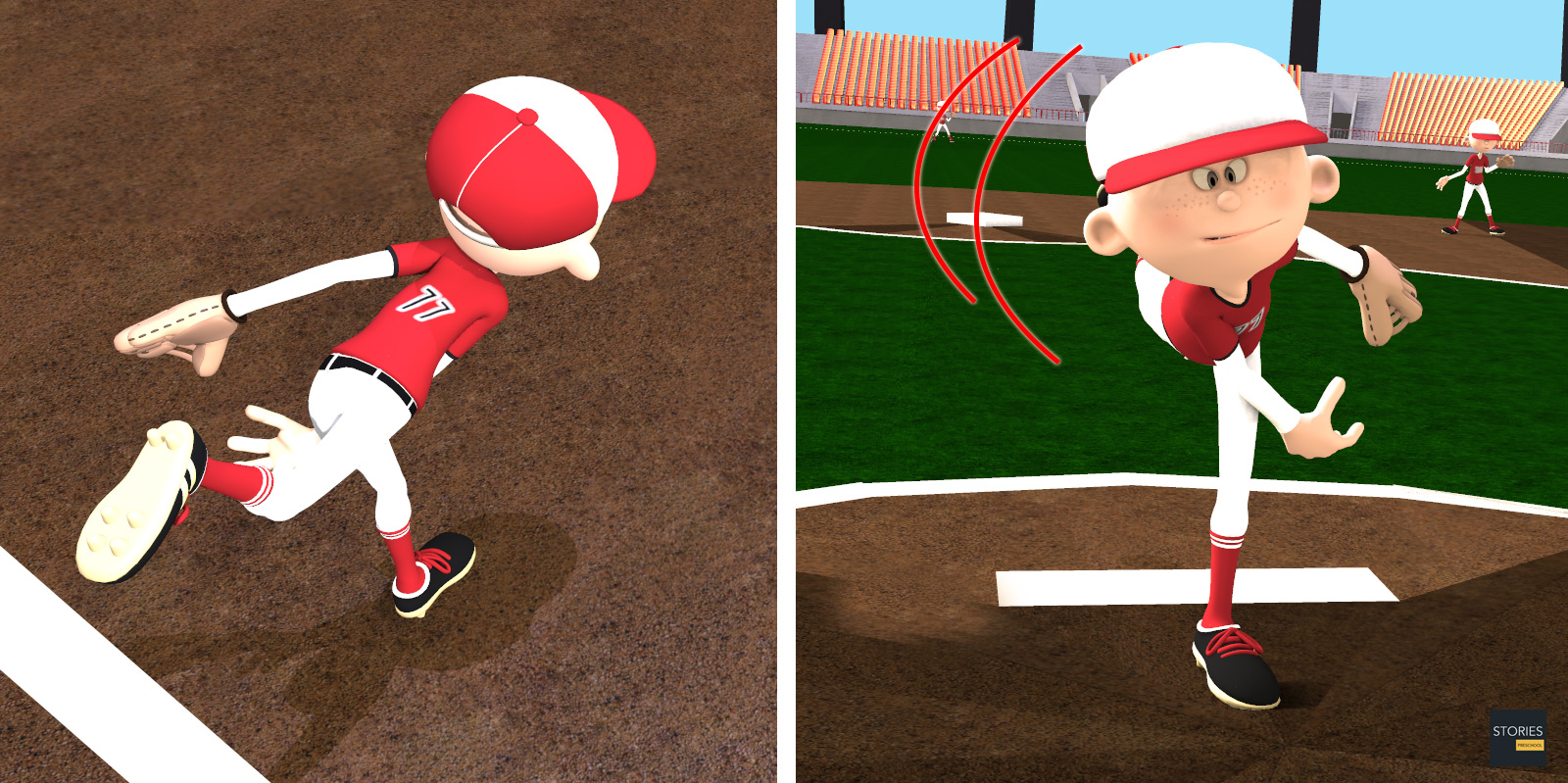
A pickoff move is the motion the pitcher goes through in making pickoff.
Pitching Positions
There are two legal pitching positions:
- the windup
- the set which is often referred to as "the stretch".
Typically, pitchers from the set use a high leg kick, but may instead release the ball more quickly by using the slide step.
SPORTS

RESOURCES
This article uses material from the Wikipedia articles "Baseball", "Pitch (baseball)", "Count (baseball)", "No-hitter", "Pitch count", "Pitchout", "Shutouts in baseball", "Strikeout", "Striking out the side", "Time of pitch", which is released under the Creative Commons Attribution-Share-Alike License 3.0.
© Stories Preschool. All Rights Reserved.












